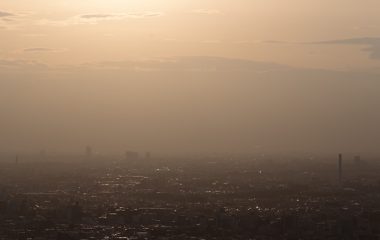
Photo: Gradnja.rs
Nikola Tošić, an assistant professor at the University of Belgrade Faculty of Civil Engineering, has received a Marie Sklodowska-Curie Actions fellowship for a project of researching fiber-reinforced concrete with recycled and excess materials, which enables minimizing the use of cement, save natural resources and reduce carbon dioxide emissions, portal Gradnja.rs reported.
Under the Excellent Science pillar of Horizon 2020, Marie Sklodowska-Curie Actions calls for projects are issued every year. Around 10,000 applications are submitted every year while only about 1,000 is selected.
They are awarded an opportunity to spend one to two years at an institution they have chosen in order to work on the submitted project, with all expenses paid.
Tošić proposed the project for fiber-reinforced concrete with recycled and excess materials, optimized for improved sustainability of city projects, with the GREEN-FRC acronym. The project will explore possibilities of using various recycled and excess materials, such as recycled aggregates obtained from crushed waste from construction and demolition, fly ash from coal burning, and slag from steel mills in fiber-reinforced concrete where short steel or plastic fibers replace part or all of the reinforcement.
Tošić says the project was submitted under standard EU fellowships with professor Albert de la Fuente of the Universitat Politecnica de Catalunya, Barcelona, and that the project was approved with as much as 95% success rate.
Concrete is the second most used material in the world after water and requires a large amount of natural resources for production. Also, cement production is responsible for about 7% of all carbon dioxide emissions caused by human activities.
Tošić has also received a grant under the Fulbright Visiting Scholar awarded by the US for professional development in the country.
He will spend time at the University of Notre Dame in Indiana between August and November to work on the optimization of numerical models of concrete constructions with recycled and excess materials, taking into account their effect on the environment.


















Be the first one to comment on this article.